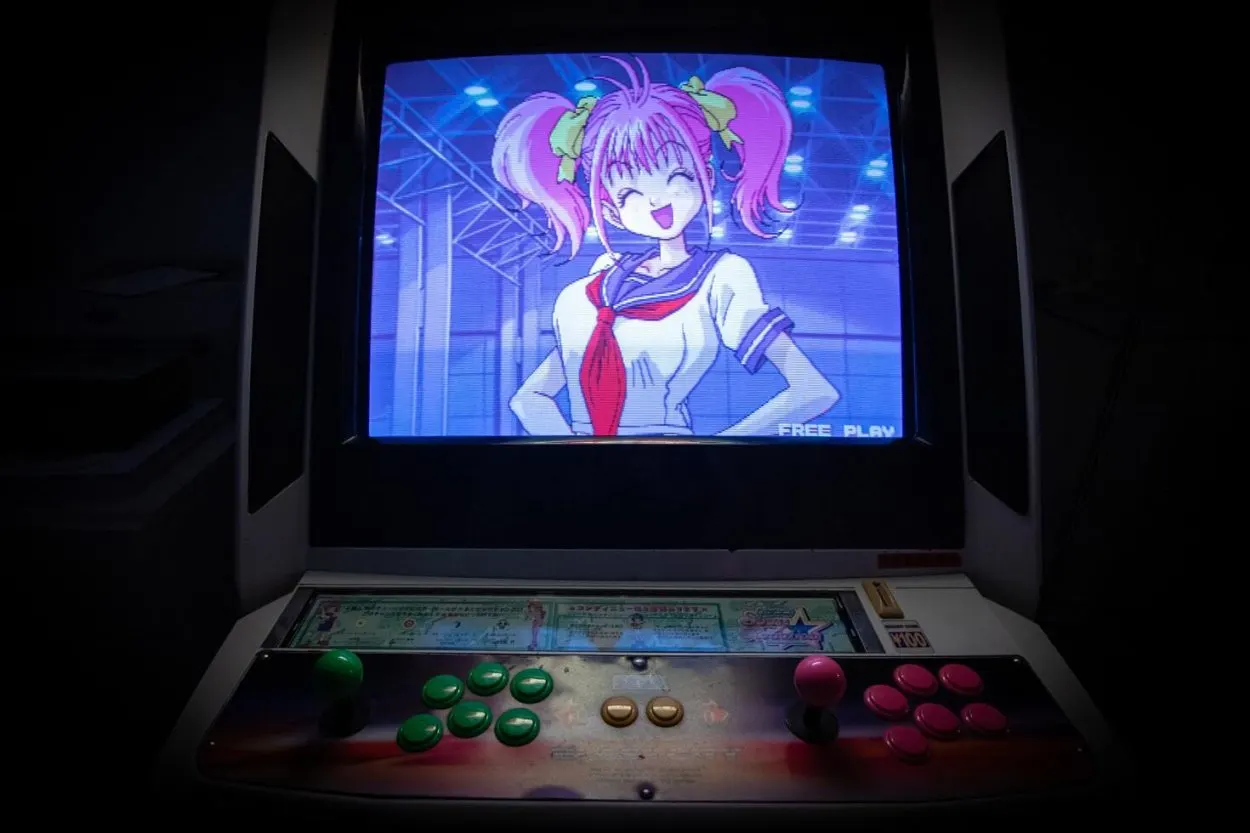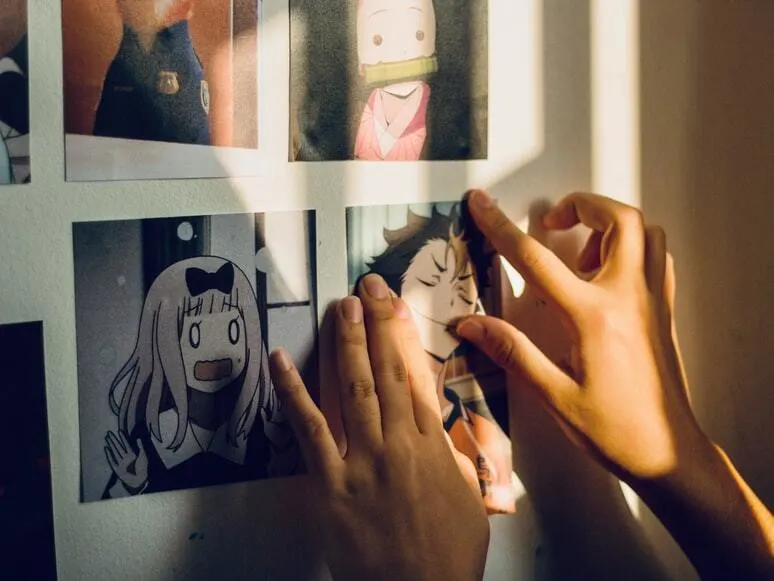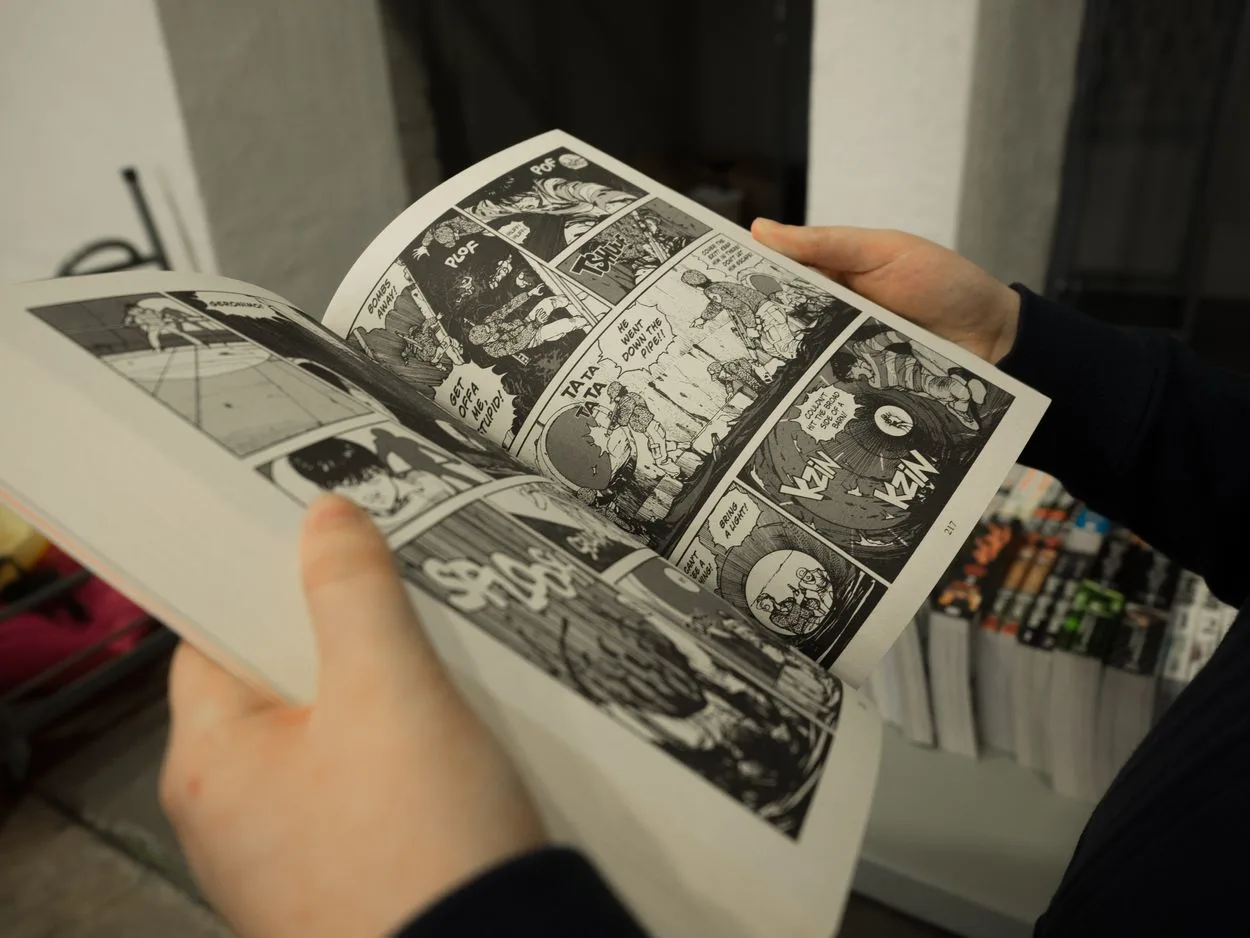As a fan of the world of comics and anime, you must have found yourself running across terms— web novels and light novels. Let’s be honest here: it can be difficult to figure out the difference between them.
Some light novels began as self-published series on internet cafes and forums, so does that make them web novels too? Technically speaking—yes!
However, in the context of common usage, they are two different types of novels.
The web novel term is used for online serialized novels originating from South Korea and China. In contrast, the Light novels are famous Japanese novel formats.
Web novels are digital comics that are lengthy and written and published individually by writers. In contrast, the Light novels get published by proper agencies. Their content tends to be light and easy, and they come in portable and small paperback form.

I have decided to look into what each version of a novel entails. So keep reading till the end to learn more!
What are Web Novels?
Web novels are digital novels or stories published online on websites, blogs, and social media pages.
Their chapters are published separately on a monthly or weekly basis.
Web novels include more in-depth detail about everything from character backstories to the plot. Some novels even cross 500 chapters.
Some stories continue for years. independent writers worldwide write and use web novels as a stable source of income.
What Are Light Novels?
Light novels, just like their names suggest, are for light reading.
They consist of short stories. Light novels were initially started as Japanese literature for young adults who didn’t want to read long stories with unnecessary details.
In simple words, there is less depth in how stories unfold in light novels compared to Japanese novels (those of Haruki Murakami, Murasaki Shikibu’s Tale of Genji, Eiji Yoshikawa’s Musashi, to name a few).
Never heard before about light novels? Watch this video to learn what they are:
Web Novels Vs. Japanese Light Novels-Comparison
Web Novels and Japanese Light Novels may sound the same to non-readers, but novels and comic fans are acquainted with their differences. Some prefer to read online, and others love paperbacks.

Let’s look into each aspect to know more about their differences.
Plot
One of the differences between a web novel and a light novel can be obviously seen through its storyline.
Light novels contain details and enough information that readers need to know about the plot. It cut down unnecessary points and scenes.
Web novel, on the other hand, contains more information and explanation of the plot for readers. It adds background stories and whole context, so readers get the complete picture of what is happening in the story.
Title
Light novels contain long titles and more interesting ones than web novels.
The usage of song titles is an emerging trend among light novels.
Long titles persuade readers more about the character and suspense of novels. Some titles don’t even get covered on the first page; this makes fans curious and buys one to read the rest of the title. Titles usually give the reader a hint, and then they choose which one they want to read.
Pattern
Web novels have illustrations to attract the readers and make them more converse in the story. However, the light novel itself is 50% illustration and 50% story.
Pages and pages of light books are dedicated to showing art and experiencing the story through pictures.
The other main difference is in the light novel’s pattern; you must guess who speaks what. How light novels are writing as goes like:
“I like her!”
Instead of Anna saying, “I like her.”
Each sentence is without any name mentioned or details as to who said what.
Another significant difference is the usage of words and sentences. In light novels, sentences are more concise and straightforward than classic novels or web novels.
Presentation
The art cover page makes or breaks the novel, so it has to be good.
Light novels published by proper agencies always have better cover art than web novels.
The author has to do all the work in web novels, writing, editing, illustrating, and publishing. Being one person army means you will overlook some minor details that the publisher took better care of in light novels.
The author of web novels might be good with their words and story, but they mostly fail to get readers’ attention with their awkward cover art.
Some Web novels also have spectacular art like light novels, but it was done by dup of an author and an illustrator.
Variety
Both web novels and light novels have pros and cons regarding the quality and quantity of the story.
Where web novels give you lots of variety to read for no cost so there is no guarantee that every story will be good.
On the other hand, light novels give you a smaller variety of options to choose from, but you will be getting a complete story with decent quality.
And if you’re wondering why, it is simply because light novels go through writers, editors, and publishers who make sure the book is worth the reader’s time.
On the other hand, one writer can’t manage to check every little detail. They sometimes mess up good stories because they are the only ones responsible, and pressure can make the creativity go to the dump.
Here’s a quick summary of the differences between web novels and Japanese light novels.
| Differences | Web Novels | Japanese Light Novels |
| How do you define it? | Digitalized Novels that are published online on a weekly or monthly basis. | Classic Japanese short stories that published in paperbacks |
| Format | More Detailed | Short and Concise |
| Originated in | The 1990s | The 1970s |
What are examples of Web Novels?

Thousands of web novels are available on web hosting sites, either free to read or read after paying the subscription fee.
Some popular ones that you should not miss are:
- A Villainess for the Tyrant by Yoo Iran
- Celeste Academy by MyLovelyWriter
- The Beginning After the End by TurtleMe.
- Second Life Ranker by Sadoyeon
- Legend of the Arch Magus by Michael Sisa
What are the examples of Light Novels?
Light novels are available in hundreds of diverse topics. Whatever your favorite genre is, you can easily find a paperback in it. Moreover, you can now read light novels on the web with technological advancement.
Finding the best one can be tricky when so many are available in paperback and online.
Here are some of the best titles of light novels you must read once:
- The Time I Got Reincarnated as a Slime by Fuse
- My next life as a Villainess: All Routes lead to doom!
- All you need is Kill, A Sister’s all you Need
- Boogiepop
- The Melancholy of Haruhi Suzumiya.
Where did Light Novels come from?
Light novels started in the late 1970s when Japanese literature evolved and diversified.
Magazines that used to publish short stories started to include illustrations before each story about pop culture.
Motoko Arai was the first to write and publish first-person novels for youth. Light stories can be short or long. The books contain anime pictures to make them appealing for youth readers. Descriptive words convert into slang so people can enjoy more.
Motoko Arai and Saeko were the most famous author of light novels at that time.
Arai was the originator, and Saeko Himuro adopted a similar style.
Later in the 1980s, light novels started to be revised in anime and comics, adding up to their fame worldwide.
At first, fantasy themes were more popular, but they adopted different styles with time. In 1988, many fantasy light novels were published, such as Slayers and Record of Lodoss war. Fantasy games in Japan were introduced inspired by these novels. But with time, more genres were introduced and got famous for light novels.
Fast forward to 2000, light novels continue to grow and evolve and become the kind of light novel we find nowadays. Mostly short and portable size paperbacks.
In Japan, everyone from children to adults read these novels. It has now become a big part of the publishing industry of Japan.
Is a light novel more similar to a manga than a web novel?
They are quite similar. Light novels are more like prose books with illustrations and anime pictures. At the same time, manga is a graphic novel or comic book that unfolds a story in sequential art.
They have different formats. Light novels focus more on narrative structure compared to mangas. Light novels are more extended than manga, more like novellas with feature illustrations.

What is more Canon—a Web novel or a Light novel?
There is not much difference if the same story gets published twice as a web novel and a light novel.
Web novels are sometimes re-edited and re-published in light novel form based on their popularity. Both versions are 90% similar plots, with only minor details added or subtracted to refine the novel.
Just for an example, in Mushoku Tensei, the specifics of an ‘adult video’ are toned down, so the main character isn’t seen as much of a scumbag in his previous life.
Web novels are self-published by writers hoping to get recognition for their work. The publisher can ask the writer to publish their web novel as a light novel if the novel gathers enough attention.
Publishing web novels into light novel form requires some editing to clarify and shorten the story. However, most case stories remain the same.
Capping up
We live in a digital world; that’s why you will find more readers persuasive toward reading online than buying a book form of light novels.
But that is more about a personal preference. If you like to read light stories and enjoy paperbacks more, you will like the light novel format. But if you want to read online stories that are more in-depth, you will enjoy the web novel more.
Other Articles
- The Differences Between a Manga and a Light Novel
- One-Punch Man’s Webcomic VS Manga (Who Wins?)
- Crying Obsidian VS Regular Obsidian (Their Uses)
- What is the Difference Between Vegito and Gogeta?
For a short, but comprehensive, web story of this work, click here.

